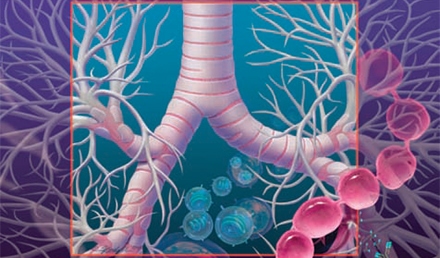Urgent message: Many infections and injuries of the ear, nose, or throat are unique to the pediatric population. parents view many of these processes as urgent, leading them to seek immediate medical attention. Ann Mary Bacevice, MD Introduction Children tend to be especially susceptible to a wide range of infectious illnesses, as well as vulnerable to a host of minor traumas to or affecting the ear, nose, or throat. This, added to the fact that …
Ear, Nose, and Throat Urgencies in Children




